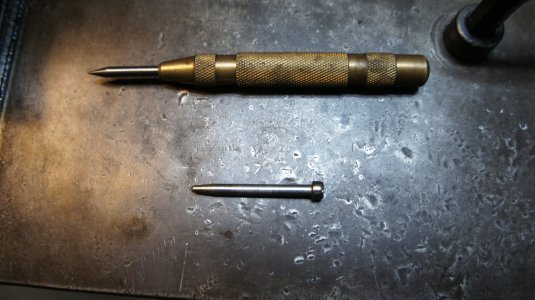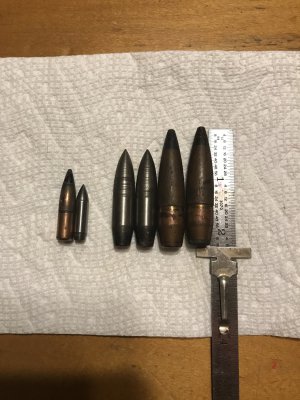- Joined
- Mar 22, 2022
- Messages
- 400
Little paranoid about applying too much leverage in an attempt to remove.I would just lift the head off. I'm betting it will lift, the pin is just for alignment. protect the ways with wood and use a bar to pry the head up a little at a time front and back.
However I did get some movement without getting too crazy but it's pulling the pin into the casting not the pin out of the hole.
Enough room to get a hacksaw blade on a stick holder in there and cut it off, might be the easiest solution.







